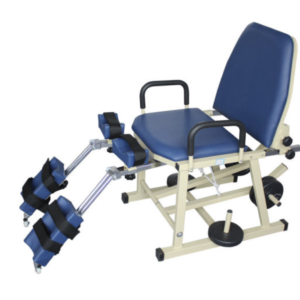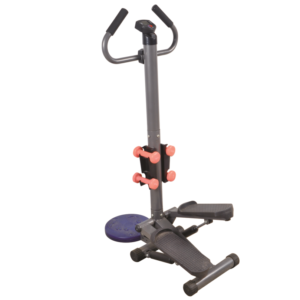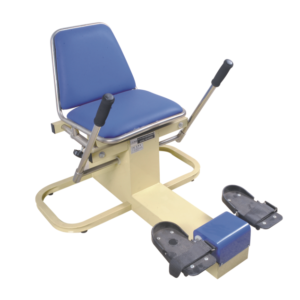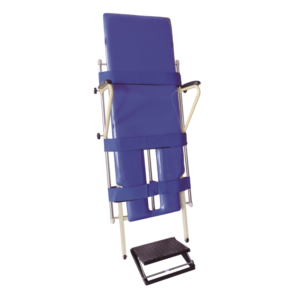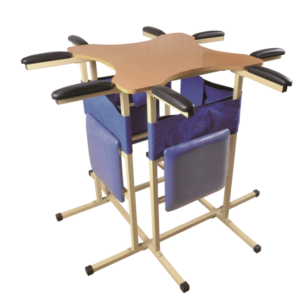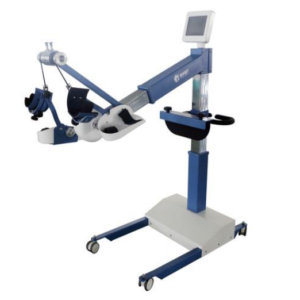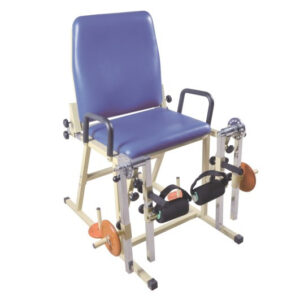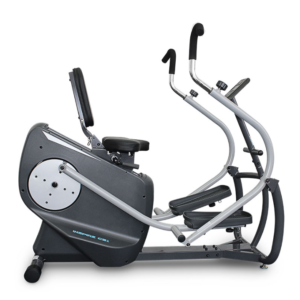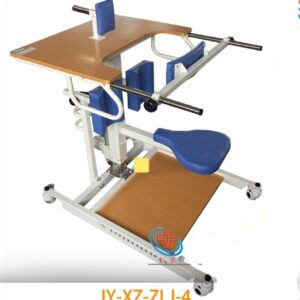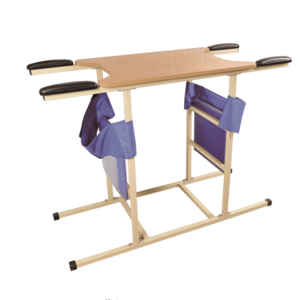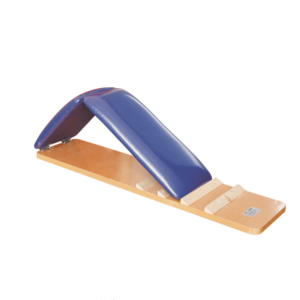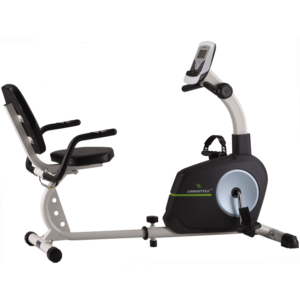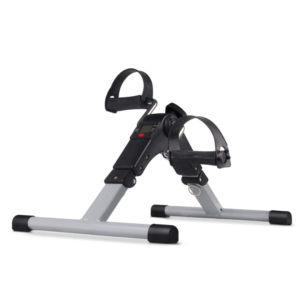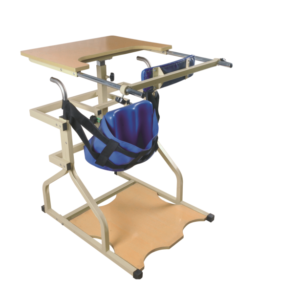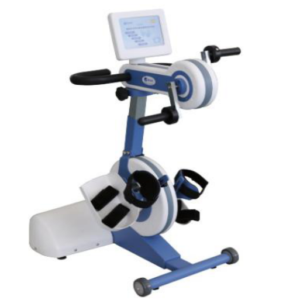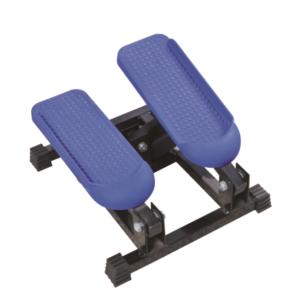Lower limb rehabilitation
The lower extremity rehabilitation and training system has the function of helping the joint to recover its movement quickly after the operation, and the joint can move freely after the recovery.This system for knee, ankle area all have steady auxiliary device, can make patients arms mobile handle, active way to drive the lower limb movement, then make the legs move, the corresponding help people establish correct sensory input when motion, and guide the correct motion model, effectively improve muscle atrophy, joint stiffness, increasing proprioception control.
Lower limb rehabilitation Applicable symptoms:
Stroke, traumatic brain injury, orthopaedic surgery, coronary heart disease, obesity, spinal cord injury, multiple sclerosis, cerebral palsy, geriatric rehabilitation…
Therapeutic effects:
01) Improve the Angle of joint movement;
02) Enhance muscle strength and endurance;
03) Restrain abnormal muscle tension and relieve spasm;
04) Improve abnormal movement mode;
05) Improve balance function and movement coordination function;
06) Improve cardiopulmonary function and digestive function
Lower limb rehabilitation training should be made according to the patient’s condition and follow the principle of progressive rehabilitation training to achieve the goal of early recovery.Passive exercise: exercise performed entirely with the help of external forces, including doctors, family members, rehabilitation instruments, healthy limbs, etc., in order to maintain normal or existing range of motion of the joint and prevent contracture and deformation.Pay attention to do passive movement do not cause obvious pain, when touching the sense of joint adhesion, avoid violent forced movement.
The comprehensive rehabilitation training of limb function has a certain promotion effect on the improvement of brain function. Meanwhile, the functional rehabilitation training can accelerate the establishment of collateral circulation in brain tissue, promote the reorganization and compensation of brain cells around the lesion, and is conducive to the “plasticity” of brain tissue.
-
Hip Joint muscles Training Chair Coxa Exercising Device
Medical stepper rehabilitation equipment is widely used in rehabilitation center and hospital, it helps patients improve their leg activity ability.
-
Lower limb rehab stepper rehabilitation leg trainer
Medical leg stepper rehabilitation equipment is widely used in rehabilitation center and hospital, it helps patients improve their leg activity ability.
-
Medical Ankle joint rehabilitation chairs rehabilitation product
Medical ankle joint rehab chair rehabilitation equipment is widely used in rehabilitation center and hospital, it helps patients improve their ankle joint activity ability.
-
Medical chest rehabilitation training device
Medical chest rehabilitation equipment is widely used in rehabilitation center and hospital, it helps patients improve their chest activity ability.
-
Medical four-person standing rehabilitation frame
Medical standing rehabilitation equipment is widely used in rehabilitation center and hospital, it helps patients improve their standing ability.
-
Medical leg intelligent rehabilitation leg trainer leg exercise
Medical intelligent leg trainer rehabilitation equipment is widely used in rehabilitation center and hospital, it helps patients improve their leg joint activity ability.
-
Medical quadriceps chair rehabilitation product
Medical quadriceps chair rehabilitation equipment is widely used in rehabilitation center and hospital, it helps patients improve their quadriceps joint activity ability.
-
Medical rehabilitation linked bike hemiplegia rehabilitation device
Medical linked bike rehabilitation equipment is widely used in rehabilitation center, clinic and hospital, it is used for patients’ rehabilitation training.
-
Medical rehabilitation product standing frame
Medical standing rehabilitation equipment is widely used in rehabilitation center and hospital, it helps patients improve their standing ability.
-
Medical two-person standing training frame rehabilitation product
Medical standing frame rehabilitation equipment is widely used in rehabilitation center and hospital, it helps patients improve their standing ability.
-
Quadriceps bench rehabilitation product knee rehab product
Medical quadriceps chair rehabilitation equipment is widely used in rehabilitation center and hospital, it helps patients improve their quadriceps joint activity ability.
-
Recumbent rehabilitation bike with seat
Medical exercise bike rehabilitation equipment is widely used in rehabilitation center and hospital, it helps patients improve their leg activity ability.
-
Rehabilitation exercise mini bike
Medical mini exercise bike rehabilitation equipment is widely used in rehabilitation center and hospital, it helps patients improve their leg activity ability.
-
Rehabilitation standing frame
Medical standing frame rehabilitation equipment is widely used in rehabilitation center and hospital, it helps patients improve their standing ability.
-
Rehabilitation therapy supplies Passive exercise equipment for hand and leg
Medical intelligent exercise bike rehabilitation equipment is widely used in rehabilitation center and hospital, it helps patients improve their hand and leg activity ability.
-
stepper pedal exerciser stepper Rehabilitation
Medical stepper rehabilitation equipment is widely used in rehabilitation center and hospital, it helps patients improve their leg activity ability.

